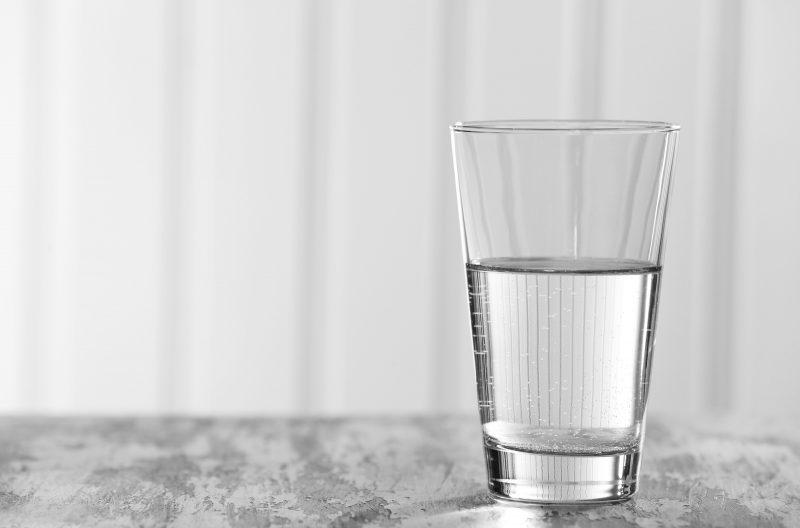What Are the Symptoms of Dehydration?

Anyone can become dehydrated but the very young or the elderly are most at risk of not knowing the symptoms of dehydration.
Dehydration is something that can happen at any time of year even though most of us associate it with hot, summer days.
If signs of dehydration aren’t noticed and addressed in a timely manner, it can be dangerous and even life threatening in severe cases. Everyone needs to understand the dangers and know how to prevent, or treat, dehydration.
What Is Dehydration
When the body loses or uses more fluid than it takes in, there’s an imbalance between our salts and sugars and the body can’t function properly. While it doesn’t feel like it, our bodies are two-thirds water, keeping our joints, digestive systems, eyes and other parts moving and lubricated. It also keeps skin healthy and plump and helps us get rid of harmful toxins.
We only need to lose between one and two percent of our body fluids to start feeling the effects of mild dehydration. At this stage, we feel thirst; our body’s way of telling us it needs more fluid to carry on functioning properly. While it’s mild, it’s easy to address, but left to carry on and it can quickly progress into dangerous levels.
Effects and Symptoms of Dehydration
The symptoms of dehydration go beyond thirst. That’s simply the sign we most closely associate with the condition. Other symptoms of mild dehydration include:
- Cramp
- Constipation
- Dry skin
- Dry mouth or mouth feeling sticky
- Passing little urine
- Feeling dizzy or lightheaded
- Feeling more tired than normal
- Producing few tears
- Skin feeling cool and dry
- Headaches
When it goes untreated and is allowed to develop, severe dehydration produces additional symptoms:
- Low blood pressure
- Fast pulse and breathing
- Sunken eyes
- Being confused or irritable
- Producing no tears
- Severe thirst
- Loss of elasticity in skin
- No urine, or producing just a little that’s dark in color
If severe dehydration isn’t treated (medical intervention is often necessary), it can result in unconsciousness or delirium, and eventually even death.
Babies and Dehydration
Babies can become dehydrated too, despite their largely liquid diet. Keep an eye on the fontanel (the soft spot on top of the head). It should be plump and mostly invisible but when a baby is dehydrated, it sinks in. You’ll also notice fewer wet diapers and almost no tears when they cry. Other symptoms to look out for in babies who may be dehydrated include fast breathing, sleeping more than usual and a dry mouth.
Adults who experience frequent dehydration are more prone to joint and muscle damage, kidney stones and liver problems. They’re likely to have more constipation and can have more cholesterol problems than someone who is properly hydrated.
Other signs of dehydration include having food cravings, especially for sweet or salty foods. Sweet cravings are more common, so while it may be a bar of chocolate you think you want, a piece of sweet fruit will do you more good. This will satisfy the sweet craving but also replenish the fluid the body is crying out for.
Thirst isn’t always the first sign of dehydration, as by the time you’re thirsty you’re already experiencing the effects. Another way is to keep an eye on your urine. It should be pale yellow and have little odor. If it’s deeply colored, amber or orange looking, it’s time to drink more water.
Avoiding Dehydration
Simply drinking more fluid is an easy way to keep the body topped up with all the water it needs. Carrying a water bottle with you when out and about, especially on hot days or when exercising, lets you sip little and often. Add fruit juices if you don’t like plain water.
Remember too, that we get fluid from foods as well as beverages. Watery, juicy fruit and veg are just as important as a source of water for the body, and foods such as yogurt and milk drinks count too.
At mealtimes, include more fresh produce on your plate. We associate fruit and vegetables with minerals and vitamins, fiber and iron, but they are also vital for maintaining hydration. Nutritionists advise having at least half your plate made up from fresh produce.
Ice drinks are refreshing and cooling on a hot day, but they don’t get fluids into the system as fast as room temperature or slightly cooler drinks. When you’re dehydrated, ice water will often slosh around in your stomach until it heats up, so a slightly warmer drink will get to work faster.
The dangerous thing about dehydration is that it can creep up on us. Keeping water handy, and taking frequent sips (even if you don’t feel thirsty) is a sound way of keeping it at bay.If you or someone you know is experiencing signs of dehydration, go to a nearby emergency room immediately.




